 Blog
Blog 100+ Everyday Uses of Artificial Intelligence in 2025
100+ Everyday Uses of Artificial Intelligence in 2025100+ Everyday Uses of Artificial Intelligence in 2025
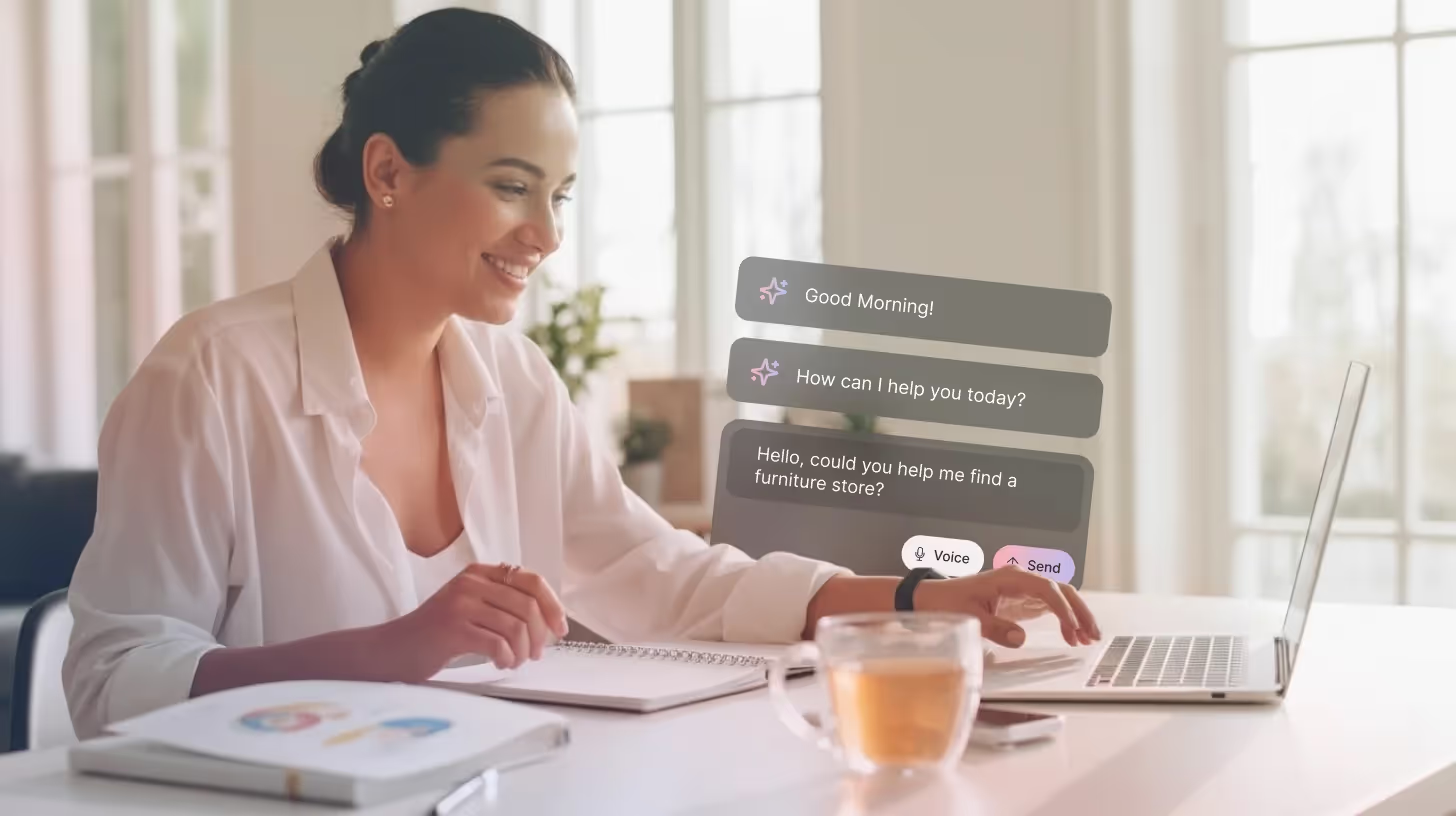
Artificial intelligence is everywhere, evolving and improving each day. Competing AI platforms (ChatGPT, Gemini, OpenAI) have pushed AI into the mainstream, transforming how we think, work, and communicate, and making tasks easier for us. But long before these major platforms hit headlines, AI was already shaping your everyday life in quieter, unseen ways.
Every app you open, message you send, or song you stream is touched by some form of AI. It decides what appears on your social feed, optimizes your morning route, corrects your grammar, and recommends the movie you’ll probably watch tonight. Even if you’re not consciously using AI, you’re surrounded by it without realizing it.
According to Pew Research, nearly 79% of people interact with AI-powered tools daily, even though only 27% believe they do. That gap says everything about the invisible role AI plays in modern living. It’s not about robots or sci-fi anymore; it’s about algorithms quietly optimizing decisions, experiences, and routines at scale.
This article explores 100+ ways AI integrates into daily life from the home and workplace to health, education, entertainment, and beyond.
So grab your coffee, sit back, and let’s dive in.
Changes in AI Usage Over the Past Year
Before we move into the applications of AI, let’s explore how it has changed over the last year. Since 2024, artificial intelligence has become something people casually rely on without thinking twice.
According to McKinsey’s 2025 State of AI Report, AI adoption among global organizations rose from 55% in 2023 to 72% in 2024, marking one of the fastest technological adoption curves in history. What’s more striking is that 44% of employees now use AI tools at least weekly, often through writing assistants, meeting summarizers, or data analysis platforms they didn’t even realize were AI-driven.
Consumer behavior tells a similar story. A Pew Research study revealed that people have nearly doubled their awareness of using AI in their daily lives. In 2023, only 27% believed they used AI regularly; by mid-2025, that figure climbed to 46%.
The shift reflects the cultural normalization of AI. What once felt experimental or intimidating is now intuitive, even expected. In short, AI use has evolved from curiosity to necessity. The line between “using technology” and “using AI” is blurring fast, and in 2025, it’s almost impossible to separate the two.
AI in Daily Routine
Artificial intelligence has silently become the foundation of modern life, and its significance in daily life can’t be overstated.
For example, when your alarm adjusts to your sleep pattern, that is AI. When Google Maps recommends a faster route due to unforeseen traffic, that is AI. When your email software automatically filters spam or prepares a speedy response, AI is working in the background
This seamless integration of intelligent automation has made everyday tasks smarter, faster, and more personalized.
Here’s a glimpse into how AI shapes ordinary moments
- Smart Assistants: Alexa, Siri, and Google Assistant don’t just follow commands; they learn your habits. They remind you to call your mom on Sundays or suggest when to leave for your meeting.
- Personalized Morning Routines: Smart coffee machines start brewing when your alarm goes off. Smart thermostats warm the room just before you wake up.
- Predictive Text & Grammar Tools: Whether it’s Outlook or Grammarly, AI fine-tunes your writing style, catching mistakes before you do.
- Smart Homes: Lights adjust automatically when the sun sets. Security systems recognize familiar faces. Your fridge even tracks expiration dates.
- Entertainment Recommendations: Netflix, YouTube, and Spotify all use AI to learn your preferences. It’s why your next binge show or favorite song finds you.
- Health & Fitness Tracking: Smartwatches use AI to detect irregular heartbeats, track calories, and even warn of sleep issues before you notice.
- Shopping Apps: Amazon knows when you’re about to run out of coffee pods or toothpaste and suggests reordering right on time.
- Calendar & Productivity Tools: AI tools like Notion and Google Workspace now suggest tasks, schedule meetings, and summarize long threads.
- Photo & Video Editing: From automatic retouching in your iPhone gallery to TikTok filters that match your lighting, AI quietly polishes your visual world.
- Voice-to-Text Tools: Whether you’re sending a quick message or drafting notes, AI converts your thoughts into words faster than your thumbs can type.
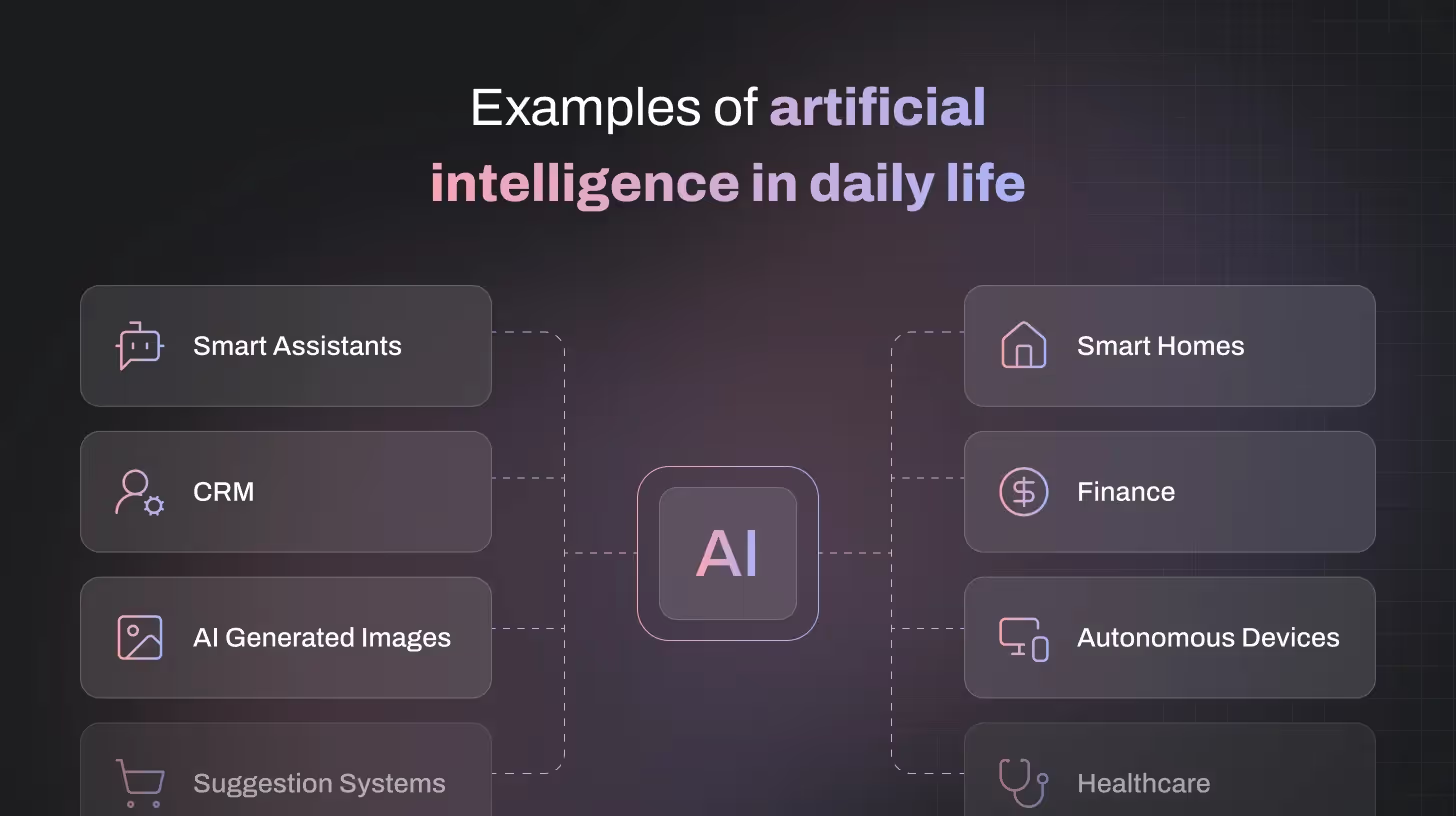
AI in Communication & Social Media
AI has completely changed the way we communicate, share, and consume information online. From personalized content feeds to smarter chatbots and virtual assistants, AI has become an integral part of digital presence.
Whether it's recommending a video, detecting harmful content, or creating the perfect post, AI makes communication faster, more personalized, and more dynamic than ever before.
Here are some of the most visible ways AI shapes modern communication and social media experiences:
- AI Filters and Effects: Instagram and Snapchat use AI to power beauty filters, AR effects, and background editing tools that enhance visual content in real time.
- Personalized Content Feeds: TikTok’s iconic “For You” page is driven by machine learning that studies viewing behavior, engagement, and timing to curate hyper-relevant videos for each user.
- Smart Caption Suggestions: LinkedIn, Instagram, and X (Twitter) now use AI to suggest engaging post captions, hashtags, and even tone adjustments based on audience behavior.
- Deepfake and Misinformation Detection: Advanced AI tools help platforms like Facebook and YouTube detect manipulated media, fake profiles, and misleading content before it spreads.
- Real-Time Translation: AI translation engines such as Google Translate and WhatsApp’s new inline translation feature allow users to communicate across languages instantly and accurately.
- AI Chatbots for Engagement: Brands increasingly use AI-powered chatbots in social DMs and comment sections to respond instantly, handle inquiries, and nurture community engagement.
- Spam and Phishing Detection: Gmail and Outlook rely on AI to filter billions of emails daily, identifying patterns that signal spam, phishing, or malicious content.
- AI-Powered Content Scheduling: Tools like Buffer and Hootsuite AI analyze engagement patterns to recommend the best times and formats for posting on each social platform.
- Sentiment Analysis and Trend Prediction: Marketers use AI analytics tools to measure audience sentiment, detect viral trends early, and optimize campaigns in real time.
- Content Moderation Systems – Platforms employ AI-driven moderation to flag hate speech, inappropriate visuals, and policy violations faster than human teams ever could.
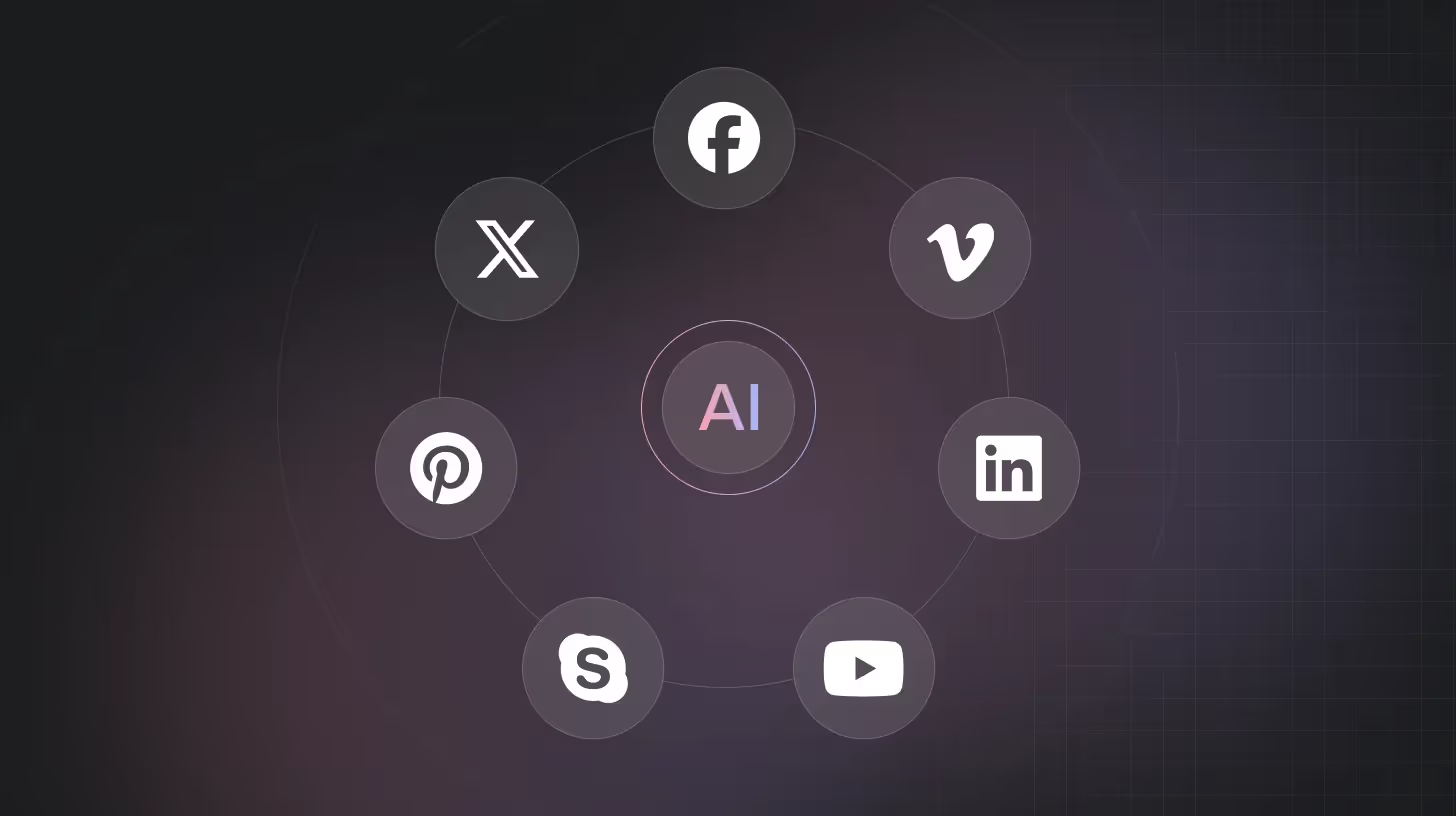
AI in work
In 2025, AI in the workplace is an operational advantage rather than a luxury. From startups to multinational corporations, organizations are incorporating AI into every layer of their operations, increasing efficiency and freeing up employees to focus on strategy and innovation.
Some of the use cases for AI in the workplace are:
- AI Writing and Editing Tools: Platforms such as ChatGPT, Jasper, and Grammarly help teams write clear, professional text more quickly.
- Smart Email Management: AI in Gmail and Outlook prioritizes urgent messages, drafts responses, and even predicts scheduling needs based on your preferences.
- Meeting Transcription and Summaries: Services like Otter.ai and Fireflies automatically transcribe discussions, provide summaries, and mark action items, ensuring that no ideas are lost.
- Task Automation: Artificial intelligence-powered productivity apps such as Notion, Asana, and ClickUp automate repetitive activities, assign priorities, and manage deadlines efficiently.
- Resume Screening and Recruitment: HR teams use AI to review applications, match skills to job descriptions, and identify top candidates with less bias and greater precision.
- Predictive Sales Analytics: Platforms such as HubSpot and Salesforce AI use customer data to estimate demand, predict deal outcomes, and tailor outreach methods.
- AI-Driven Customer Segmentation: Marketing teams utilize AI to segment audiences based on behavior and intent, which improves targeting accuracy and campaign performance.
- AI-Powered Presentation Design: Microsoft Copilot and Beautiful.ai help you create visually consistent, data-driven presentations with minimal manual effort.
- AI Brainstorming Tools: Creative teams employ AI idea generators and mind-mapping systems to speed up invention and overcome creative bottlenecks.
- Employee Sentiment Analysis: HR analytics tools now use natural language processing (NLP) to analyze internal feedback and surveys, revealing trends in engagement, morale, and workplace culture.
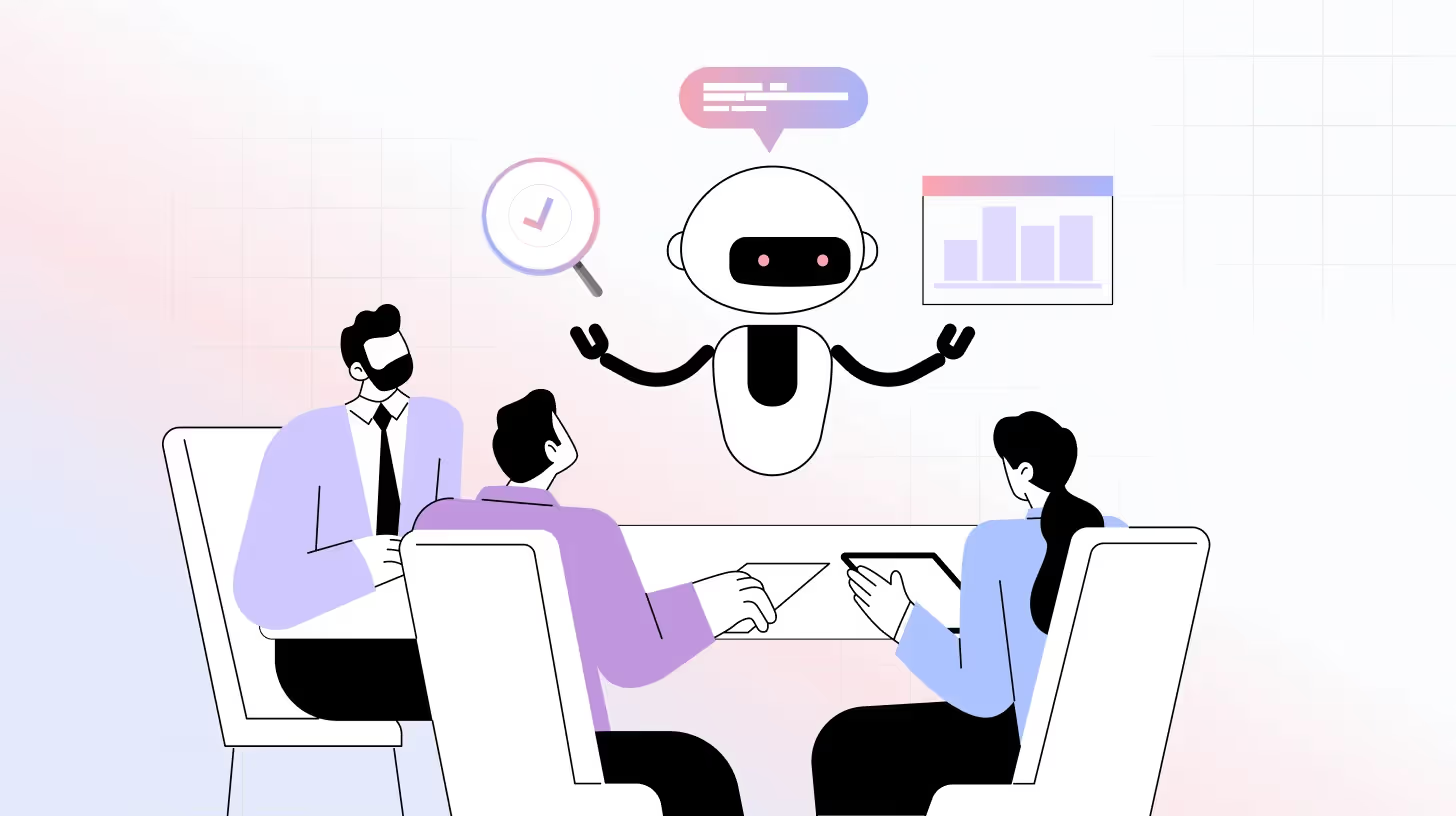
AI in Education
Artificial intelligence is transforming the way students learn, teachers teach, and institutions function. What was once a one-size-fits-all educational model is now evolving into a personalized, data-driven experience in which each learner receives tailored support based on their needs and pace.
From assisting students in creating study schedules to offering rapid feedback on essays, AI has become a constant companion in classrooms, universities, and even self-learning settings.
Here are some of the most important ways AI is affecting education.
- Personalized Tutoring: Tools like Khanmigo and ChatGPT Edu serve as on-demand digital tutors, providing real-time explanations, step-by-step problem solving, and personalized learning routes.
- AI-Powered Essay Grading: Educators employ AI helpers to assess essays faster and more objectively, offering consistent feedback and freeing up time for tailored instruction.
- AI Study Planners: Platforms powered by AI assist students in organizing their courses, setting attainable goals, and developing efficient study routines based on performance data.
- Adaptive Learning Apps: Tools like Duolingo and Quizlet AI alter course difficulty based on the learner's strengths and limitations.
- Note Summarization Tools: Apps such as Scholarcy and Elicit condense research papers and lecture notes into manageable summaries, allowing students to focus on key discoveries.
- AI Flashcard Generators: Students can rapidly create flashcards from textbooks, PDFs, or class notes, transforming static knowledge into interactive study materials.
- AI Code Tutors – Platforms such as GitHub Copilot and Replit AI help programming students by explaining code mistakes, offering solutions, and teaching new topics interactively.
- Smart Plagiarism Detection: AI-driven systems go beyond keyword matching to understand writing patterns, ensuring academic integrity and originality.
- Research Data Assistants: Researchers now use AI to analyze datasets, identify trends, and even generate hypotheses, accelerating the pace of academic discovery.
- Reading Comprehension Tools: AI reading assistants break down complex texts, define terms, and provide contextual summaries to improve understanding across age groups.

AI in Entertainment
AI isn’t just powering your devices; it’s transforming how we create, watch, and enjoy entertainment. From movie nights to music playlists, artificial intelligence is rewriting the rules of creativity.
- Smarter Recommendations: Ever notice how Netflix or YouTube seems to know exactly what you want to watch next? That’s AI studying your viewing patterns, mood, and even time of day to serve up the perfect recommendation.
- AI-Crafted Movie Trailers: Studios now use AI tools to analyze audience reactions and automatically cut movie trailers that hit the right emotional beats, no human editor required.
- Video Editing Made Easy: Platforms like Runway ML and Pika Labs use AI to help creators edit videos, remove backgrounds, and generate scenes in seconds, turning anyone into a mini Hollywood studio.
- AI-Generated Music: From full movie soundtracks to lo-fi beats for your study session, AI composers are producing original music that sounds like it came straight out of a professional studio.
- Smarter Game Worlds: In gaming, AI breathes life into NPCs (non-player characters), giving them realistic emotions, speech patterns, and decision-making skills, making every interaction feel personal.
- Deepfake Dubbing: AI can now perfectly sync dubbed voices to an actor’s mouth in another language, creating global releases without losing the emotional nuance of the performance.
- Scriptwriting Assistance: Writers use AI co-pilots to brainstorm storylines, generate dialogue, and even help beat writer’s block, speeding up the creative process without replacing it.
- Personalized Reading Lists: Your Kindle or audiobook app quietly learns what genres, authors, and pacing styles you love, curating book recommendations that actually feel handpicked for you.
- Generative Art & Design: AI tools like Midjourney and DALL·E turn simple text prompts into breathtaking artwork, helping artists visualize ideas faster than ever.
- Virtual Concerts: From holographic pop stars to AI-enhanced stage visuals, the line between physical and digital concerts is blurring, and fans are loving the front-row experience from anywhere.

AI in Travel & Navigation
Traveling used to be about planning; now, it’s about predicting. AI quietly powers everything from your flight alerts to your next adventure idea.
- Google Maps & Route Optimization: AI analyzes real-time traffic, accidents, and even road closures to guide you through the fastest possible route, saving both time and sanity.
- Uber’s Surge Pricing & Driver Matching: AI helps Uber balance supply and demand in real time, adjusting fares and matching riders to the nearest drivers with uncanny precision.
- Airline Pricing Prediction Engines: Tools like Hopper use AI to forecast ticket prices, helping travelers buy at the perfect moment.
- AI Hotel Concierge Bots: Need fresh towels, dinner reservations, or sightseeing tips? AI chatbots in hotels are available 24/7, making personalized service feel effortless.
- Translation Apps for Tourists: AI-driven translators like Google Translate now offer real-time speech, image, and even signboard translation, turning language barriers into moments of connection.
- Travel Itinerary Generators: AI planners like Roam Around or TripPlanner.ai build full itineraries from a few preferences for your dream trip in seconds.
- Flight Delay Prediction Tools: AI models analyze historical and weather data to warn travelers before delays even hit the screens.
- AI Trip Budget Planners: Budgeting apps now predict total travel costs from airfare to meals, helping you stay realistic before you swipe that card.
- Smart Passport & Photo Apps: AI ensures your passport photo meets government regulations, no more rejections at the photo booth.
- Virtual Tour Guides: AI-powered AR guides turn sightseeing into interactive experiences, blending history, visuals, and storytelling as you explore.
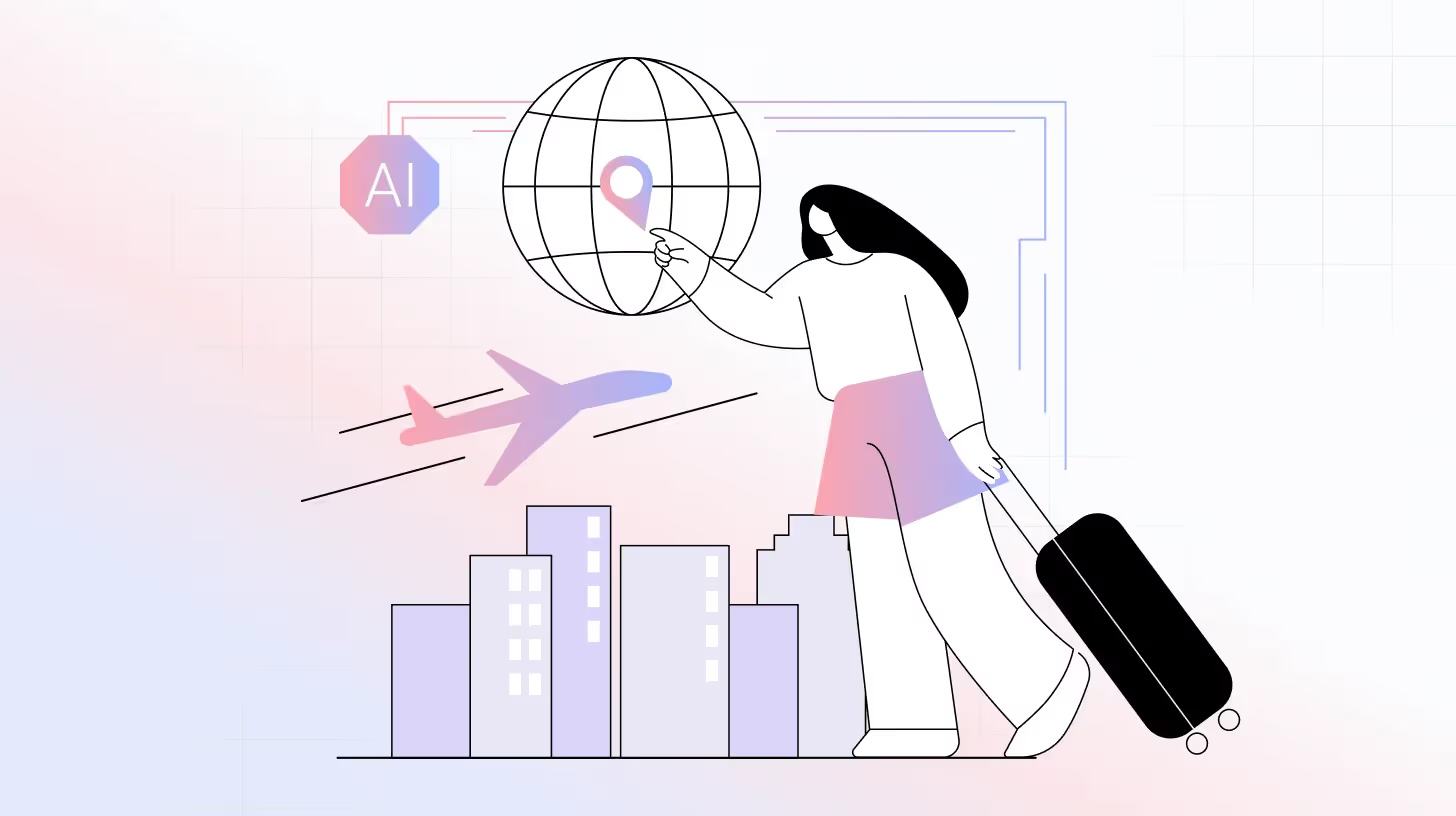
AI in Shopping & Finance
Shopping and money management have become deeply personal, thanks to AI understanding your habits better than you do.
- Personalized Product Recommendations: AI engines power “You might also like” sections on every platform, showing products that feel handpicked for you.
- AI-Driven Ads on Social Media: From Instagram to TikTok, AI decides which ads you see, when you see them, and how likely you are to click.
- Dynamic Pricing on Amazon: AI constantly updates prices based on demand, stock levels, and competition, optimizing every cent.
- Fraud Detection in Banks: AI scans millions of transactions in real time to detect unusual activity and block fraud before it happens.
- AI Customer Support in eCommerce: Retail chatbots now answer questions, process returns, and track shipments, all while sounding (almost) human.
- Chatbots for Order Tracking: Gone are the days of “Where’s my package?” AI bots track, notify, and even re-route deliveries for you.
- Robo-Advisors & Investment Tools: Platforms like Betterment and Wealthfront use AI to manage investments, rebalance portfolios, and predict risk tolerance.
- Expense Management Tools: AI automatically categorizes your expenses, tracks subscriptions, and flags unusual spending that your accountant would approve.
- Credit Scoring AI: Lenders now use AI to evaluate creditworthiness using behavioral and alternative data, opening access to more people.
- Virtual Try-On Apps: AI lets you “try on” makeup, clothes, or glasses virtually, making online shopping more confident and fun.
AI in Smart Homes & IoT
Our homes are no longer just connected; they’re becoming intelligent. AI is turning everyday devices into systems that understand, adapt, and anticipate our needs.
- Smart Thermostats: AI learns your schedule and comfort preferences to adjust temperature automatically, saving energy without you thinking about it.
- AI-Powered Security Cameras: Modern systems can detect faces, recognize family members, and alert you to anything out of the ordinary, not just movement.
- Robot Vacuums & Cleaners: AI-guided robots map rooms, avoid pets, and clean only where needed because no one has time to chase crumbs anymore.
- Smart Speakers with Multi-Voice Recognition: They don’t just play music, they know who’s speaking. AI tailors responses to each family member’s preferences.
- Automated Watering Systems: AI monitors soil, sunlight, and humidity to water your plants just enough, no more, no less.
- Energy-Saving Devices: AI optimizes power use across appliances, cutting electricity bills without compromising comfort.
- Home Safety Alerts: From gas leaks to fire detection, AI-enabled sensors can warn homeowners faster than traditional alarms.
- Smart Fridges: Track expiry dates, suggest recipes, and even reorder groceries before you run out.
- Voice-Controlled Appliances: Ovens, washing machines, and even coffee makers are all voice-activated because hands-free is the new normal.
- Predictive Maintenance Systems: AI predicts when your AC or washing machine might fail, fixing problems before they even start.
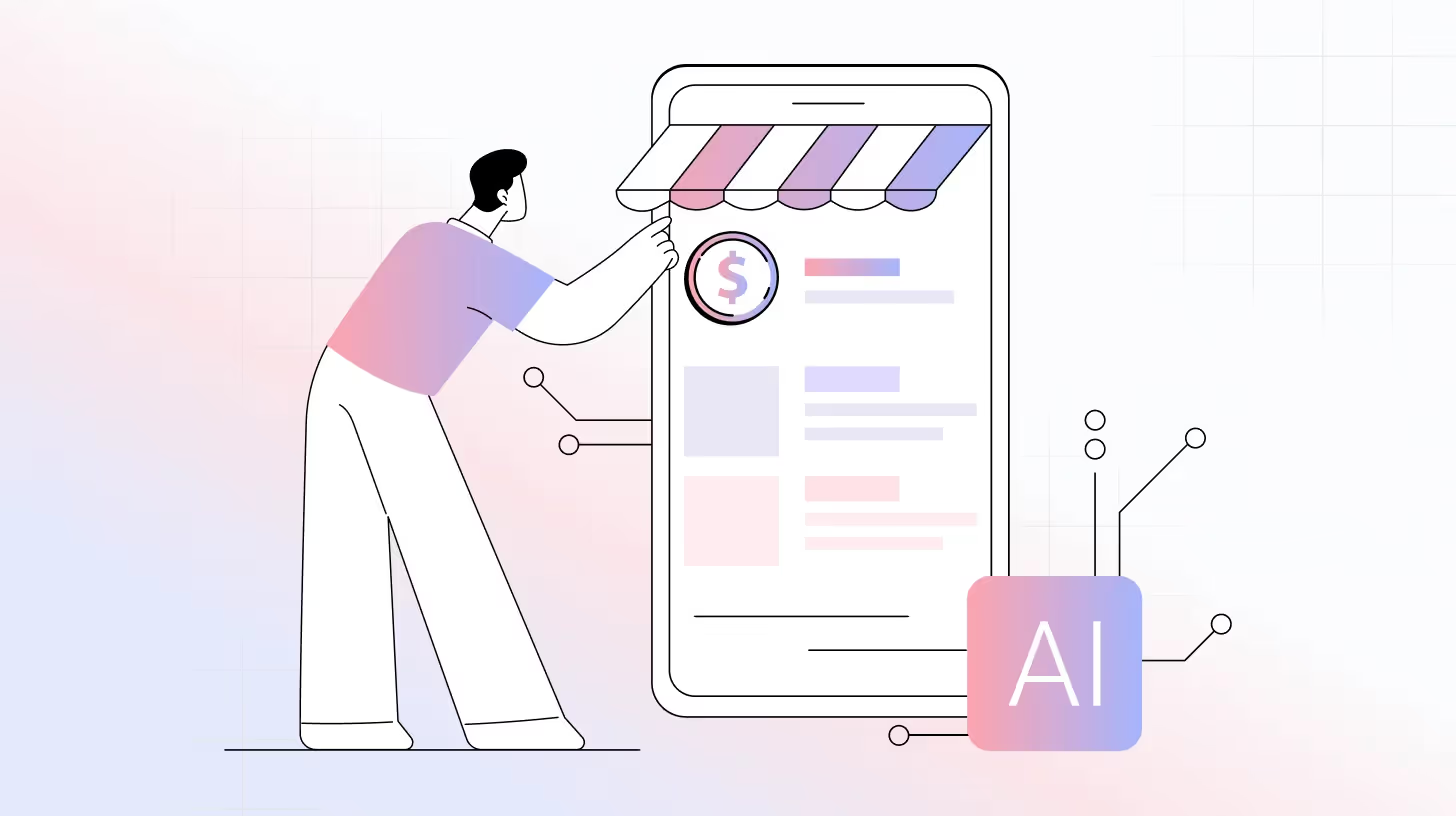
Future & Emerging Everyday AI
The next generation of AI goes beyond convenience; it’s personal, predictive, and increasingly human. From digital replicas to emotionally intelligent companions, AI is redefining how we live, learn, and connect.
- Digital Twins of Individuals: Imagine an AI replica that mirrors your preferences, style, and decisions, your virtual second self for automation and learning.
- Voice Cloning for Accessibility: AI can now recreate a person’s natural voice, helping those with speech impairments communicate authentically.
- Personal AI Companions: Emotional support bots and conversational AI are becoming real digital friends for companionship and mental health.
- AI Career Coaches: AI mentors provide resume feedback, job search strategies, and real-time interview prep personalized to your goals.
- AI Mental Wellness Trackers: Apps can now detect stress or anxiety from your speech tone and suggest calming exercises in real time.
- Virtual Interior Designers: AI tools visualize how furniture and decor fit your space, no more guesswork with paint samples and sofa sizes.
- Car Autopilots: Self-driving features are already handling parallel parking, highway cruising, and accident prevention with AI precision.
- Personalized Learning Bots for Kids: AI tutors adapt to each child’s pace and interests, turning learning into play.
- AI for Pet Care & Training: From smart collars to behavioral tracking, AI helps pet owners understand and train their furry friends better.
- Family AI Assistants: Household-level AIs will soon manage chores, groceries, and family calendars seamlessly.
- Mood & Stress Prediction: AI will detect emotion through voice, posture, or typing speed, offering empathy-driven responses or health prompts.
- AI in Smart Cities: On a larger scale, AI is optimizing urban life from traffic management and waste collection to renewable energy usage.
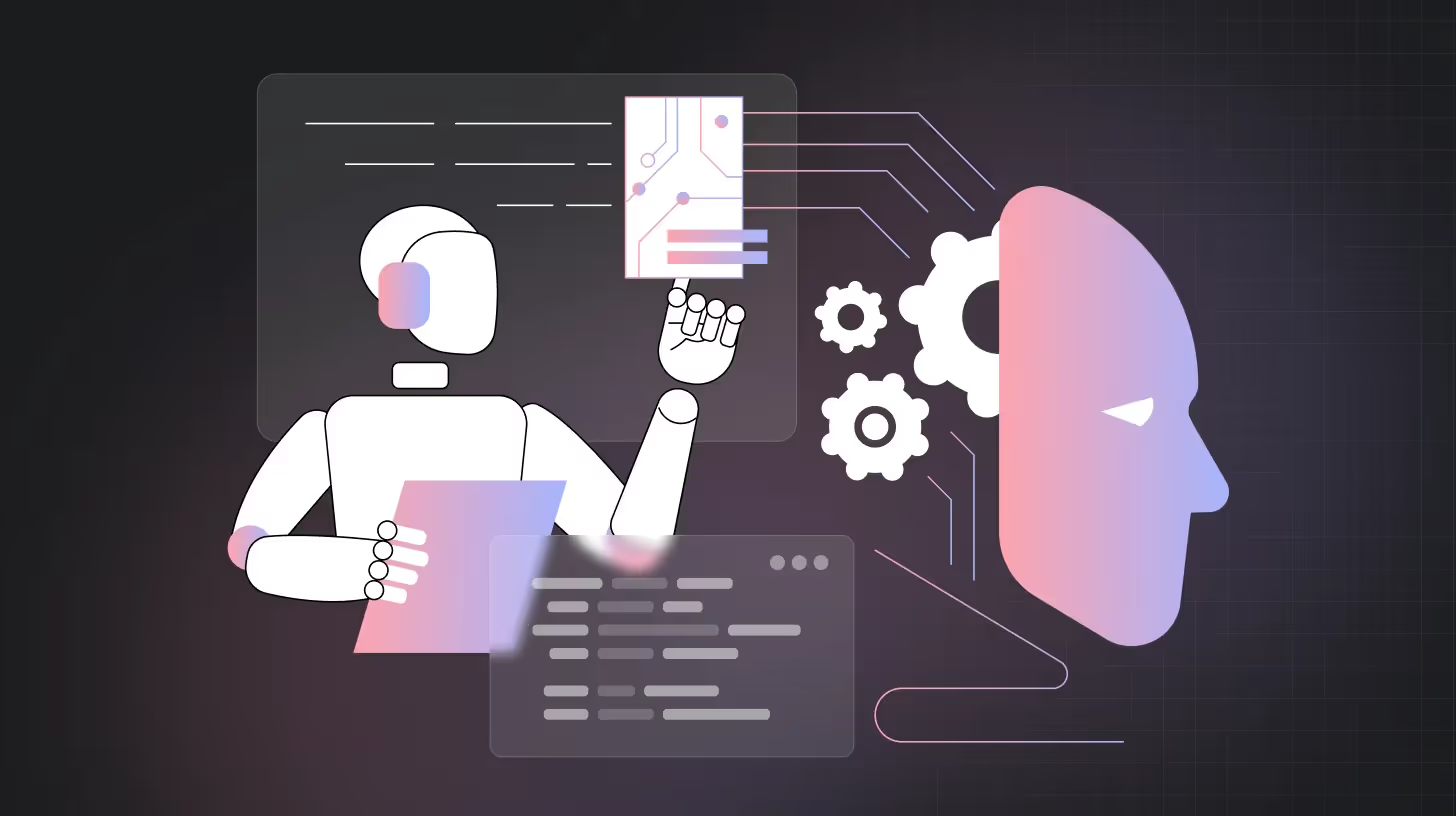
AI in Communication & Feedback
While AI has revolutionized how we communicate, the real breakthrough lies in how it helps us listen. From customer insights to employee engagement, AI is transforming feedback from a routine task into a dynamic, two-way conversation.
Traditional surveys and feedback forms often fail to capture what people truly feel; they collect answers, not emotions. That’s where conversational AI comes in. Platforms like TheySaid are leading this shift by turning static questions into intelligent, human-like dialogues that encourage honesty and depth.
Instead of asking what people think, TheySaid helps you understand why. Its AI listens, learns, and adapts, creating meaningful interactions that reveal what truly drives satisfaction, engagement, and change.
- AI-Powered Feedback Conversations: TheySaid replaces boring surveys with smart, human-like dialogues that feel natural, turning feedback into real conversations, not checkbox forms.
- Sentiment Intelligence in Real Time: Using advanced AI, TheySaid understands emotions behind every response, helping leaders read between the lines and act faster.
- Personalized Question Flow: AI adjusts the next question based on each person’s answers, creating tailored conversations that feel relevant and engaging.
- Continuous Feedback Loops: Instead of one-time surveys, TheySaid runs ongoing feedback cycles to capture how people feel as things evolve, not just once a year.
- Employee Experience Insights: TheySaid’s AI helps organizations listen better, identifying what truly motivates teams, what’s blocking progress, and how culture can improve.
- AI for Customer Feedback: From onboarding to product experience, TheySaid helps brands gather authentic customer opinions through natural, chat-based interactions.
- Conversational Analytics Dashboard: AI turns raw text into visual insights — revealing key themes, satisfaction trends, and emotional tone at a glance.
- Predictive Feedback Intelligence: TheySaid doesn’t just analyze what people said, it predicts what they might feel next, helping companies prevent disengagement before it happens.
- Feedback That Feels Human: At its core, TheySaid combines the best of AI and empathy, making feedback easy to give, meaningful to read, and actionable for everyone.

FAQs
Is AI safe to use in personal or work life?
Yes, as long as users choose trustworthy platforms and follow privacy practices. Most AI systems are built with security layers that protect user data while enhancing convenience.
What are the future trends of AI in everyday life?
AI will continue becoming more personalized — from digital companions and emotional wellness apps to predictive healthcare and smarter home systems that learn and adapt to your habits.
How can I start using AI tools in my routine?
You can start small: try AI writing assistants, health trackers, or smart scheduling apps. Over time, you’ll naturally integrate more as they become part of your workflow.





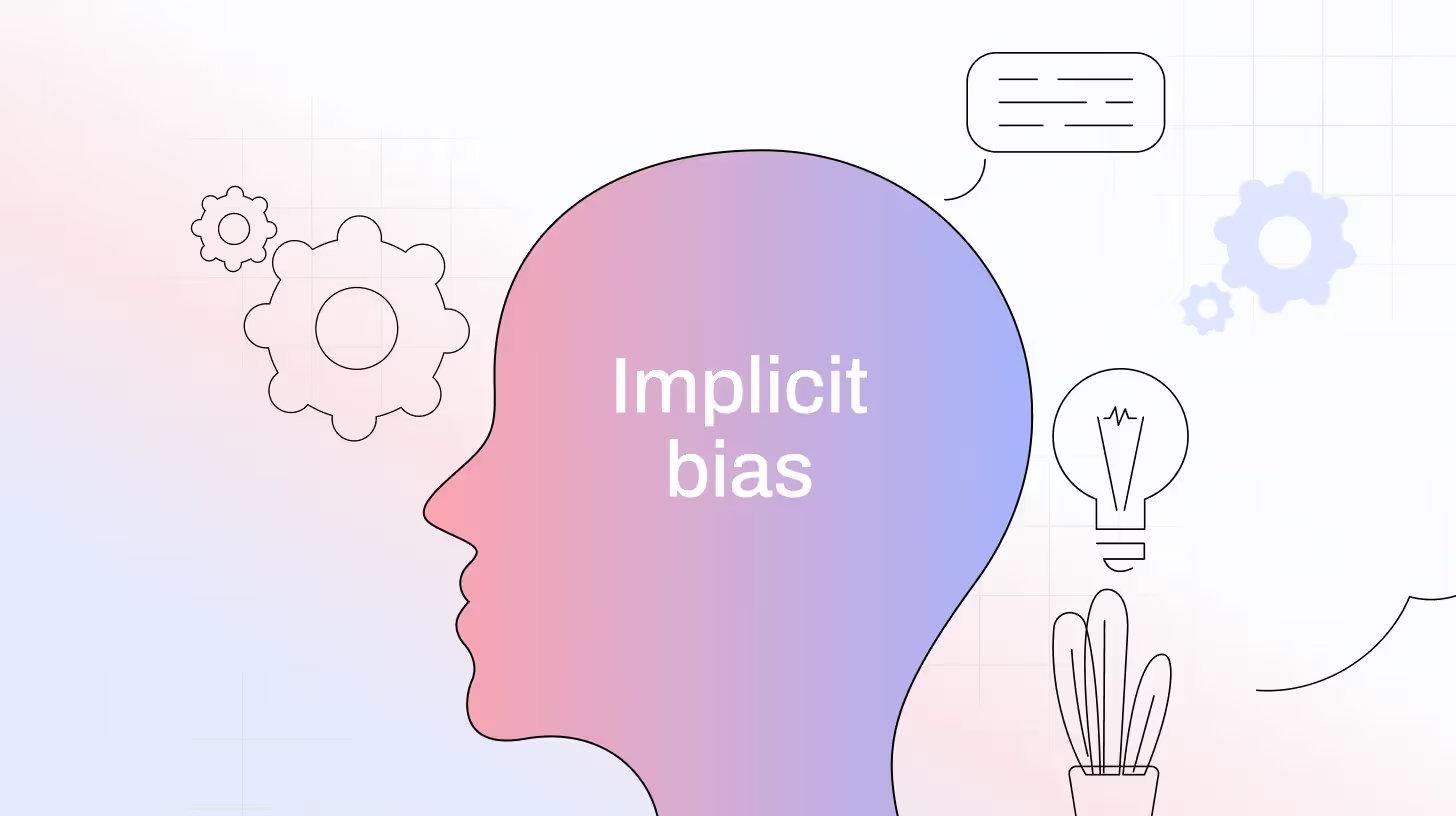
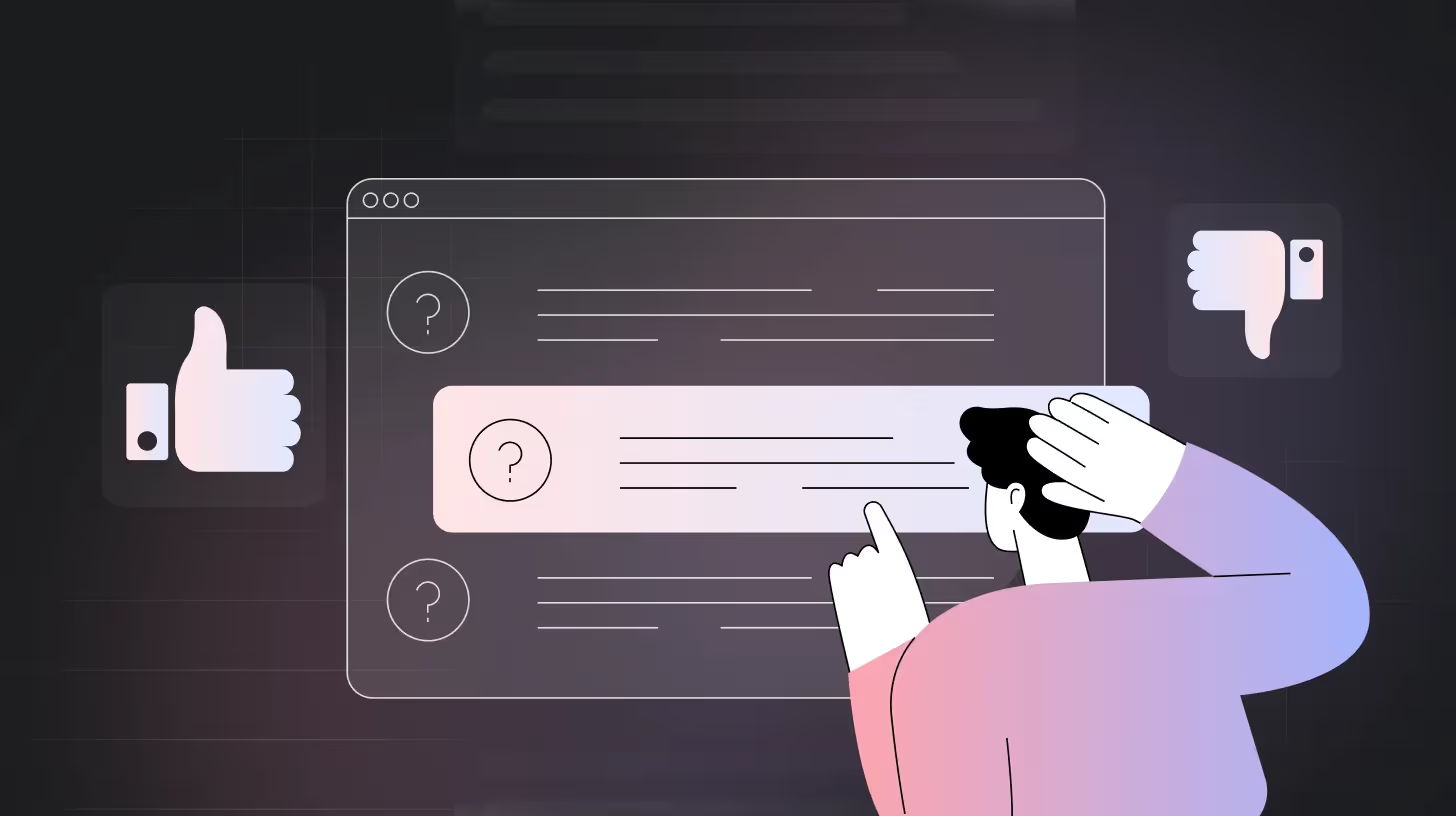
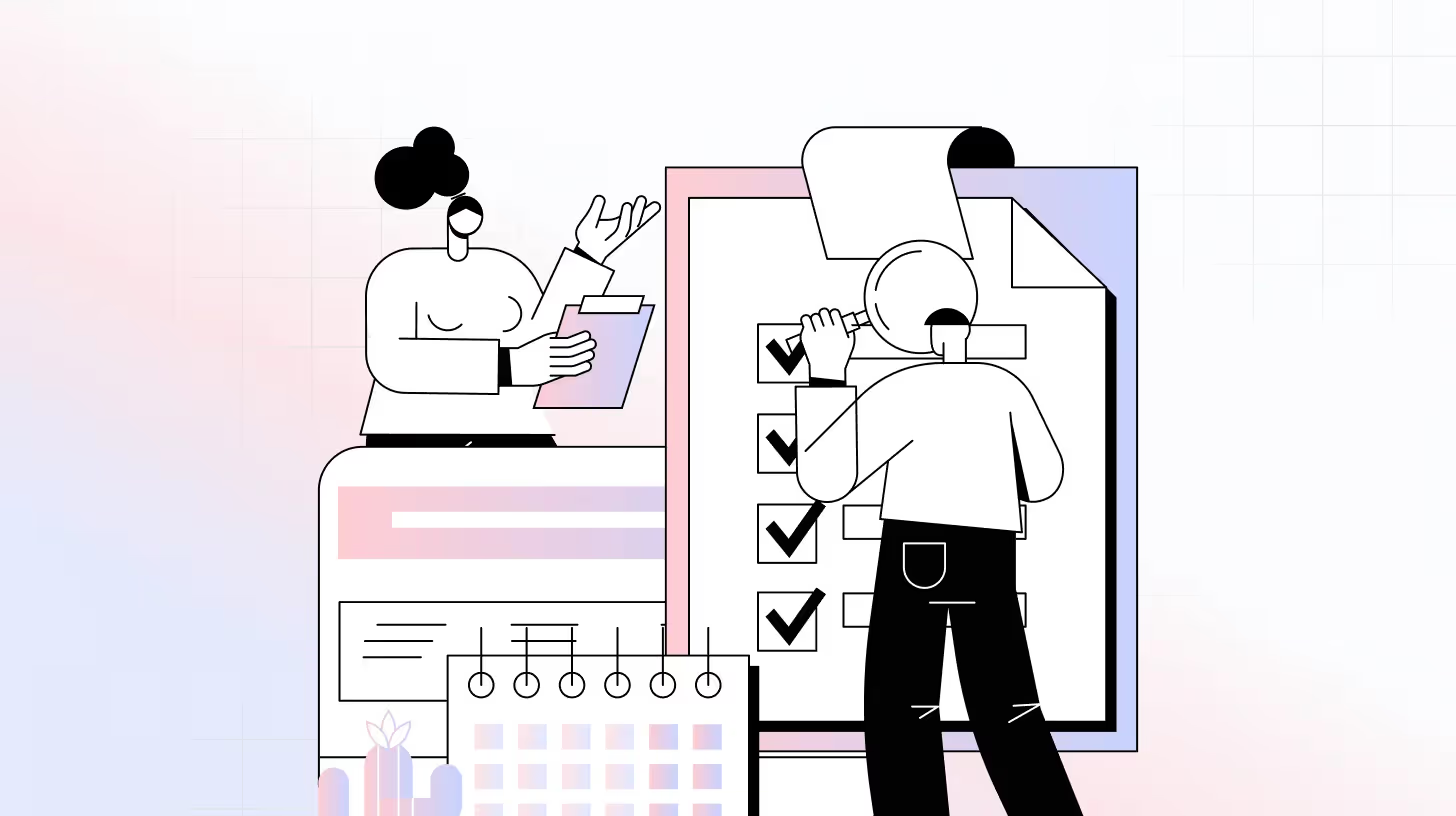







.svg)